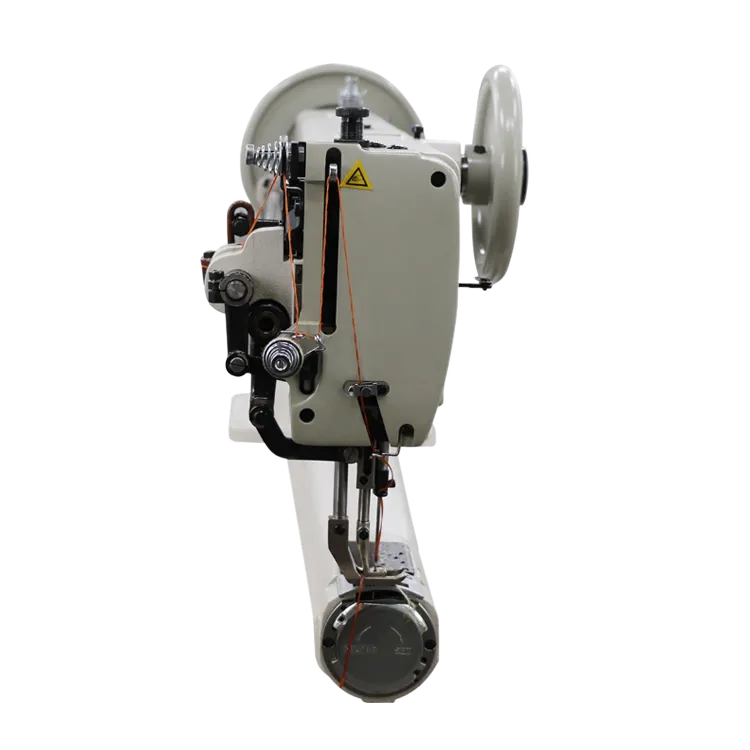What is the appearance of an overlock stitch in sewing projects?
What Does an Overlock Stitch Look Like?
When it comes to sewing, the type of stitch used can significantly impact the overall appearance and durability of a finished piece. Among various stitches, the overlock stitch holds a prominent place, especially in the realm of garment construction and fabric finishing. But what exactly does an overlock stitch look like, and what makes it so indispensable in the sewing world?
An overlock stitch is created by a specialized machine known as an overlocker or serger. This machine operates by using multiple threads—typically three, four, or even five—threaded simultaneously to create a stitch that finishes the edges of fabric pieces. This unique approach helps prevent fraying and unraveling, which is essential when working with knit or woven fabrics.
Visually, an overlock stitch is characterized by its distinctive overlocked edges. When you look at a piece of fabric finished with an overlock stitch, the edge will appear neatly trimmed and enclosed, providing a professional look. The threads loop around the edge, securing the fabric fibers tightly together. This is especially visible on the inside of the garment, where you can see a series of interlocking threads that mimic a zigzag pattern. Depending on the settings of the machine, the stitch can vary in width and depth, but it generally has a clean, tidy appearance.
The most common type of overlock stitch is the 4-thread overlock, which provides a strong finish suitable for most sewing projects. This version typically uses two needles and two loopers, resulting in a stitch that not only secures the edges but also allows for a bit of stretch, making it ideal for knit fabrics. The look of this stitch is often described as a tight, parallel line of thread that runs along the edge of the fabric, creating a luxurious finish that is appealing to the eye.
what does an overlock stitch look like

In addition to the standard overlock stitch, there are variations like the rolled hem and flatlock stitch, each offering unique visual characteristics. A rolled hem, for instance, resembles a tiny, neatly rolled edge and is frequently used for lightweight fabrics like chiffon or silk. This technique creates a delicate finish that adds an elegant touch to hems and seams. On the other hand, the flatlock stitch lays flatter on the fabric, often used in sporty or functional wear, allowing for comfort and flexibility. The appearance of a flatlock stitch can be quite different from the traditional overlock, as it has a flatter and less bulky finish.
Using an overlock stitch comes with more than just aesthetic benefits. The stitch helps to stabilize seams, making them less likely to pucker or shift during wear, which is particularly valuable in garments that require elasticity, such as activewear. Moreover, because overlock stitching finishes edges, it significantly reduces the need for additional steps like binding or limiting fraying, saving time for sewists.
In summary, an overlock stitch is easily recognizable by its neat, finished edges and interlocking thread pattern, making it a favorite among both professional and hobbyist sewists. Whether you are creating high-fashion apparel or practical everyday wear, the sleek finish and durable nature of overlock stitching elevate the quality of your work. With its ability to enhance both form and function, the overlock stitch stands out as one of the essential techniques in the world of sewing, ensuring that every piece is not only beautiful but built to last.
So, the next time you admire a well-made garment, take a closer look at the seams. Odds are, you'll find a carefully executed overlock stitch adding both strength and style to the fabric, seamlessly blending functionality with artistic flair.
-
Zigzag Sewing MachineNewsMay.12,2025
-
Single Needle Sewing MachineNewsMay.12,2025
-
Overlock Sewing Machine PriceNewsMay.12,2025
-
Heavy Duty Industrial Sewing MachineNewsMay.12,2025
-
FIBC Sewing MachineNewsMay.12,2025
-
Cylinder Bed Sewing MachineNewsMay.12,2025
-
Revolutionizing Sewing with CNC TechnologyNewsMar.28,2025





























